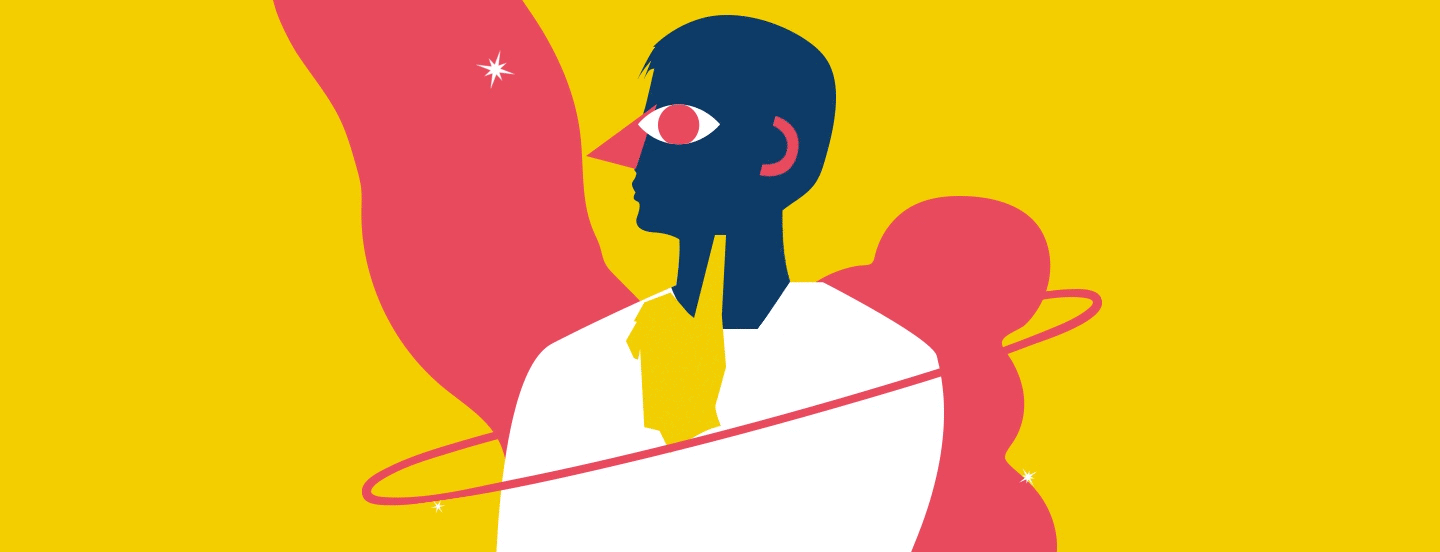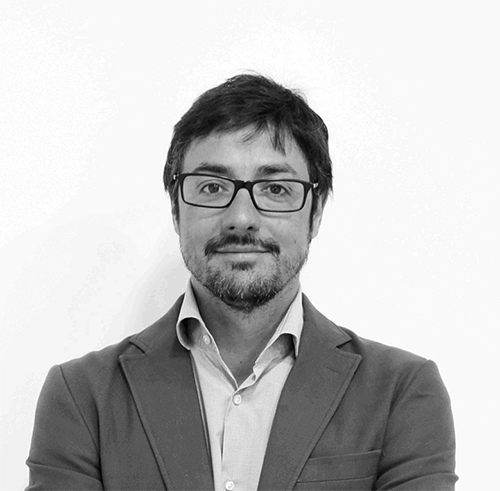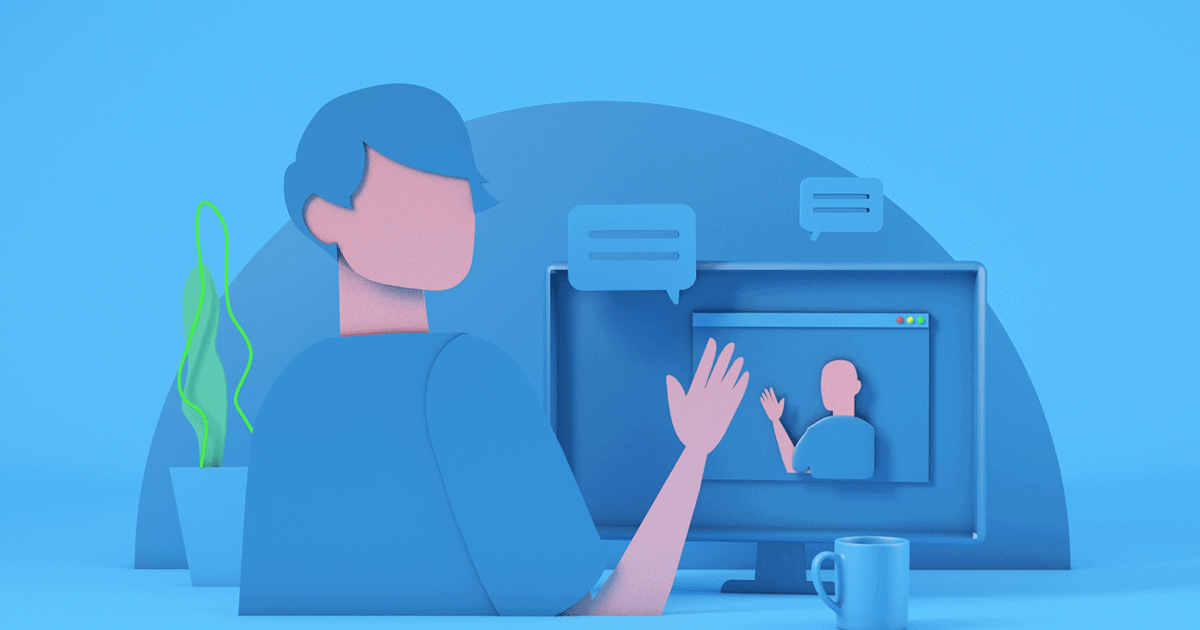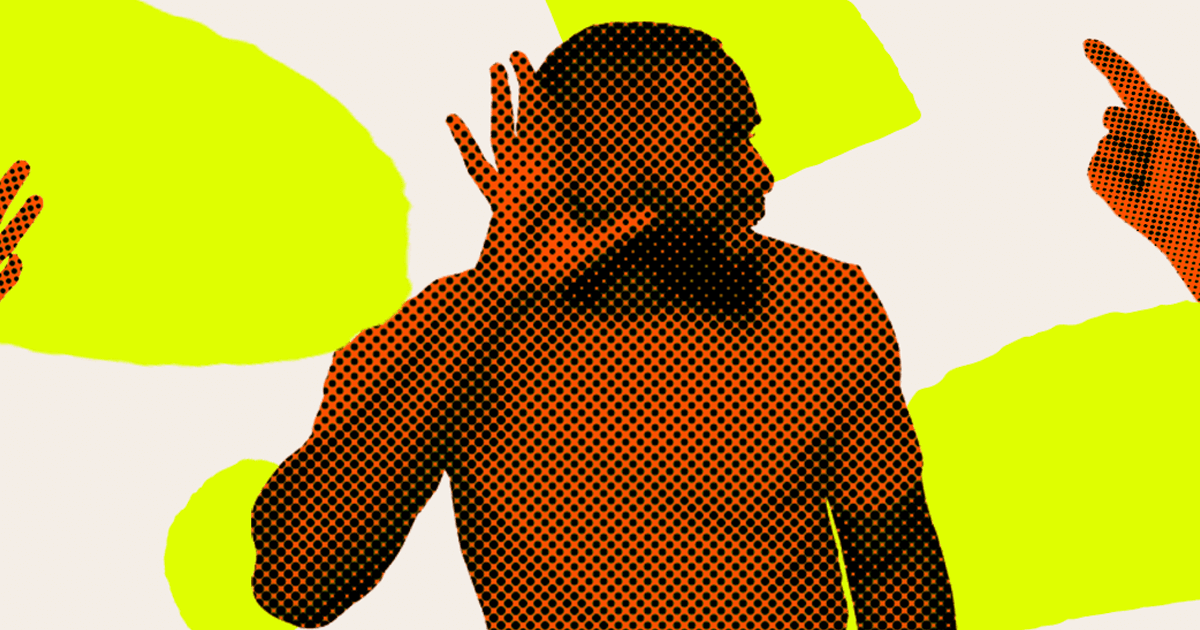
How to Think Like a Designer
For centuries, the smartest thinkers in the world have thought a lot about thinking, both in how we arrive at knowledge and the types of intelligence we use to gain it. While there are endless philosophical reasons to try and understand intelligence, there are as many practical reasons as well. Acquiring knowledge and applying it deftly to arrive at new, innovative ideas is critical to the design process. Certainly, when it comes to innovation, design and thinking go together. Designers require flexibility in thought patterns and the capacity to tap into their different types of intelligence to arrive at the best insights that inform the design of products, services and experiences.
At frog, we regularly help teams and organizations use design methods to uncover insights about customer needs in collaborative work sessions. It’s very fulfilling and fascinating work, full of rewarding opportunities to flex our skills. But it can also be very mentally exhausting. This is because it requires energy to think very deeply about the design problem at hand, but also more broadly at the context around the problem and the systems that support it. It takes more energy still to creatively generate ideas that can be shaped into solutions.
All this is to say that it helps to understand the different types of thinking involved in the design process. Not all design challenges will require the same types of thinking. Thinking like a designer simply means being flexible and adaptable enough to apply different types of intelligence as required.
Dr. Robert J. Sternberg, an American psychologist and researcher, developed the Triarchic Theory of (Successful) Intelligence, arguing that there are three types of intelligence. Below is a look at the three types of intelligence as he defines them, as well as how these intelligences manifest on design teams.
This is the ability to complete academic, problem-solving tasks—the kind that traditional IQ tests measure. These typically present neatly defined problems leading to a single correct answer. Throughout the design process, there are many opportunities to use this type of thinking to reduce friction in customer experience, solve technical problems and make strategic decisions.
Also known as synthetic intelligence, this is the ability to draw on existing skills and expertise to deal with new and unusual situations. ‘Wrong’ answers are sometimes okay here, because they can often represent different perspectives. Creative intelligence is essential for innovative, disruptive thinking—the kind that unlocks unlimited opportunities for better design.
This is the ability to “roll with the punches”—to adapt to everyday life with the use of existing knowledge and skills. We use practical intelligence to assess a situation clearly, understand necessary steps to take and act accordingly. Practical intelligence enables design team members to stay flexible in the face of change, such as shifting program needs and logistical hurdles.
What to Know about Knowledge
Now that it’s clear that different types of intelligence are in play throughout the design process, here are some considerations for how to apply this knowledge when forming design teams.
First and foremost, knowledge takes perspective. It’s critical to pack your design team with a diverse group of people with different training, roles, ages, abilities and viewpoints. You want as much diversity of perspective as possible to arrive at the most meaningful, relevant insights. There are also more tactical benefits. Inviting a range of people to the table at opportune moments keeps people informed throughout, allowing all team members to act more strategically in their individual contributions. For example, at frog, we’ve seen great benefits to having different business domains represented in collaborative work sessions, from design to marketing, finance and IT.
Secondly, intelligence requires the right conditions to thrive. To harness the brainpower of a team, people need the right climate to work in both from an environmental standpoint and on a cultural level. The act of generating ideas takes mental energy, and a vulnerability to express embryonic ideas with the rest of the team. It is important to safeguard this act. At frog, we aim to create mutually supportive environments where the majority of the team’s mental energy can go toward supporting the design challenge at hand—not feeling mired in thoughts related to unhealthy work dynamics, such as having to feel defensive of inputs or protective of ideas. It is important for team members to think freely, feeling supported by their colleagues and in a stable, secure environment for doing their best work.
Finally, humans need a break from thinking to go experiencing. Have you ever been sitting at your desk, sipping coffee and staring at your computer screen when an insight gently knocked at your door, floated in and fully materialized at your desk? Probably not. More likely, a striking realization came to you once you left the comfort of your desk, took a walk, talked to people, busied yourself with an uncomplicated physical task, or allowed yourself to mentally relax and explore in some way. Inspiration can come from anywhere, but rarely while you’re sitting down waiting for it to arrive. You need to go look for it. Allow yourself and your team space to explore and process information away from the desk from as much as you can.
How to Learn More about Insights
From a team and organization standpoint, understanding how people think can inform how business functions and teams are structured, the tools used and processes in place. Through frog’s Org Activation practice, we help companies form stronger teams that activate and organize around the customer to deliver continuous value over time.
Understanding intelligence can also inform the scoping of projects, specifically related to synthesizing insights from design research. Insights are invaluable to the design process—they’re a way of demonstrating clarity around the design challenge and lead to stronger, more viable concepts to explore. To learn more about insights, read my previous piece on the difference between insights and information.
For my guide to collaborating as a team to arrive at valuable insights, download How to Uncover Valuable Design Insights: 3 Steps to Understanding the Unknown. This guide is based upon the pioneering research, experiments and engagements in human dynamics which comprises the Synectics® body of knowledge. Synectics® is a registered trademark of Synecticsworld, Inc.


Cris has led innovation and R&D teams for over 20 years, specializing In creative problem solving, as well as the development and launch of new products and services. His expertise involves setting up innovation models for businesses and organizations, fostering company culture, insight-led product and service design, and running inventive problem-solving projects.
We respect your privacy
We use Cookies to improve your experience on our website. They help us to improve site performance, present you relevant advertising and enable you to share content in social media. You may accept all Cookies, or choose to manage them individually. You can change your settings at any time by clicking Cookie Settings available in the footer of every page. For more information related to the Cookies, please visit our Cookie Policy.


